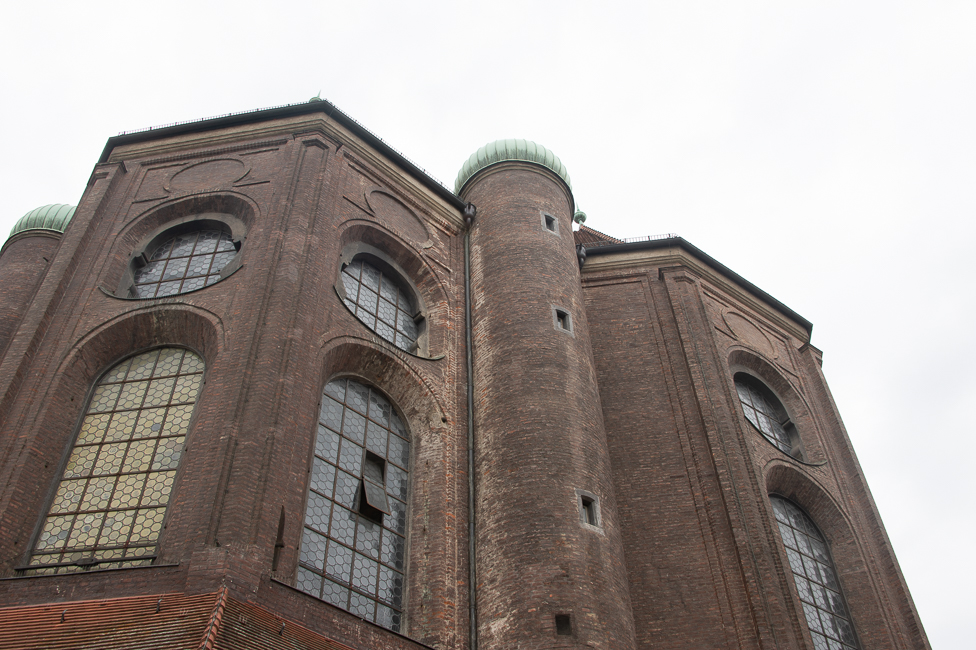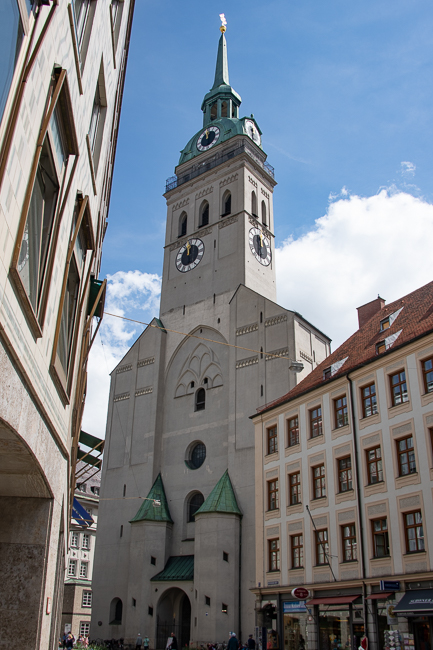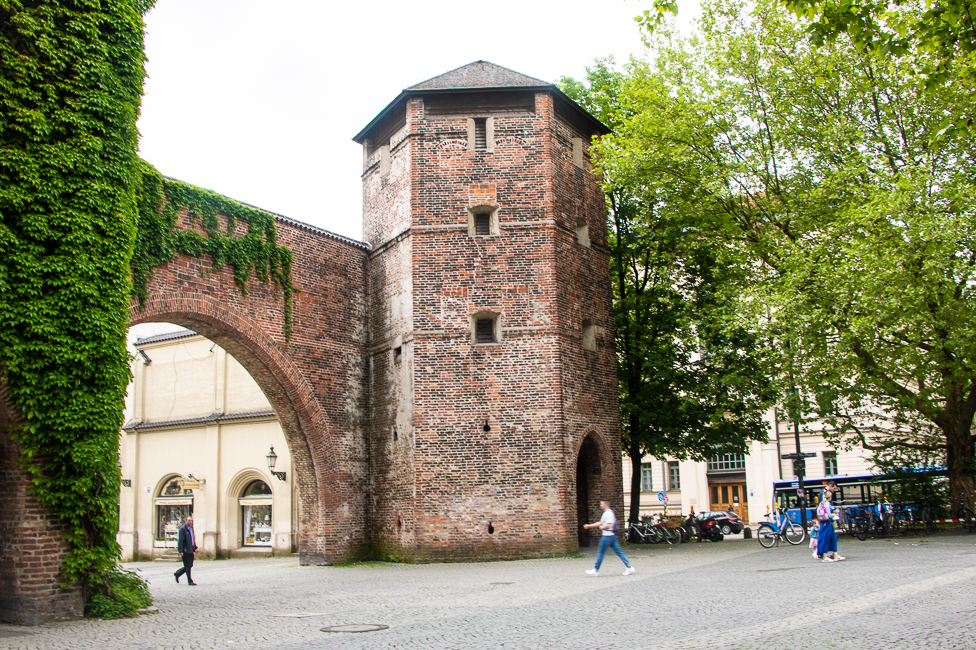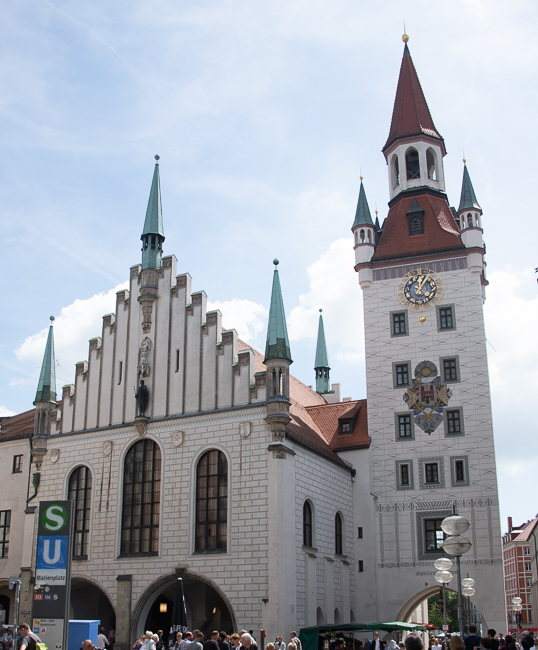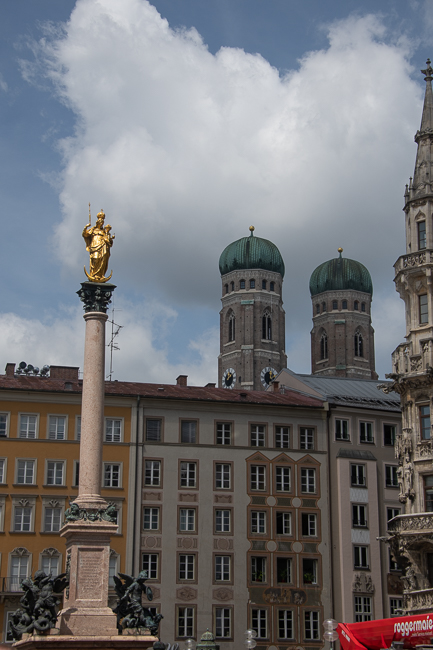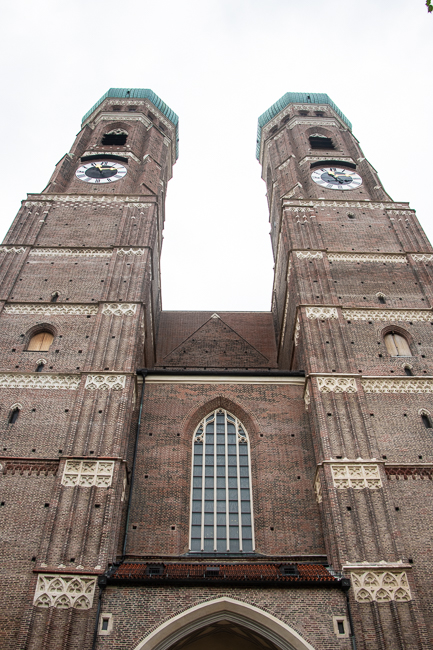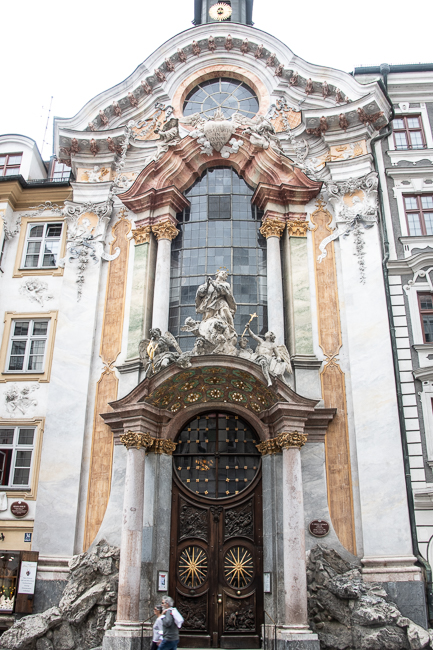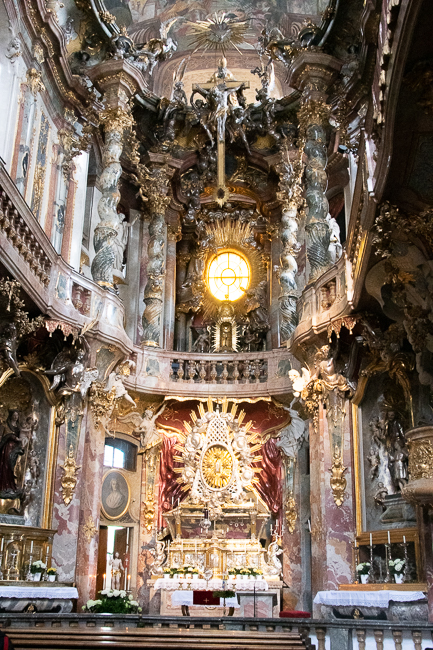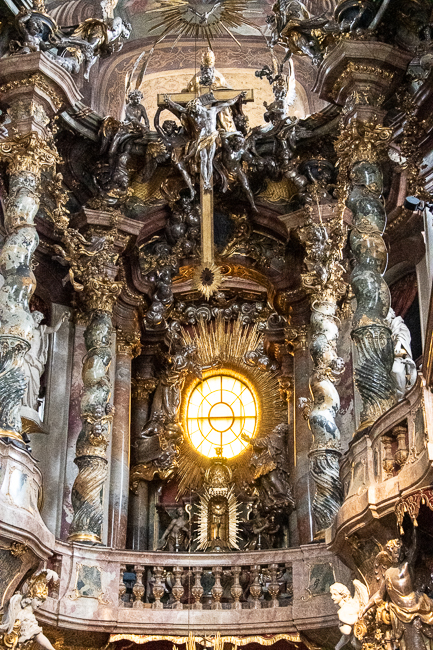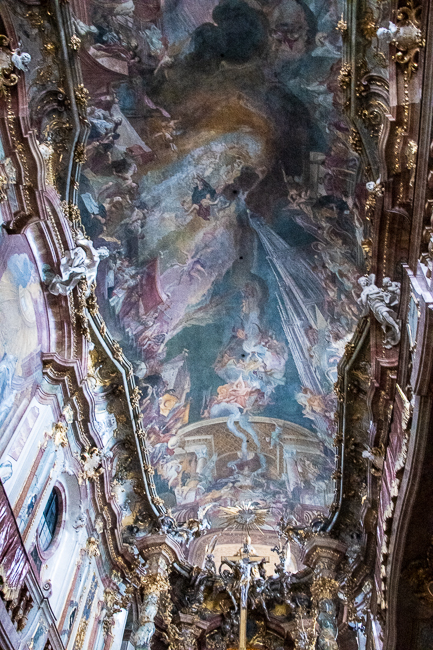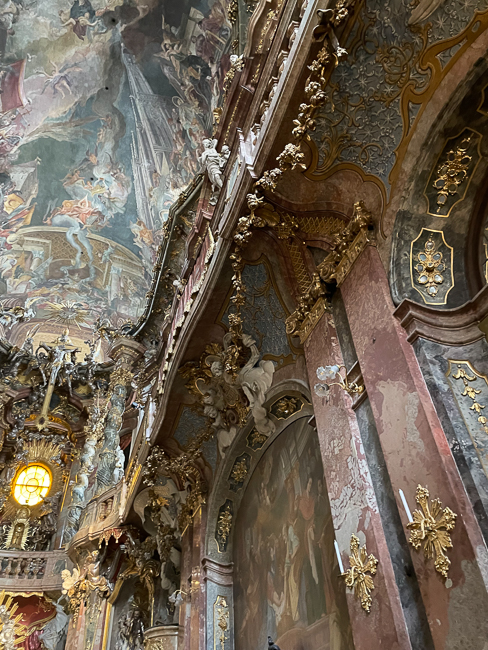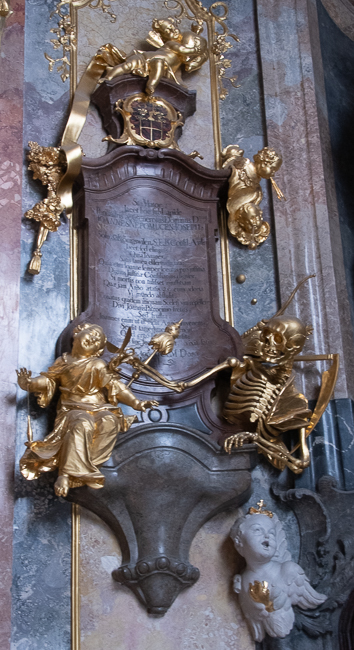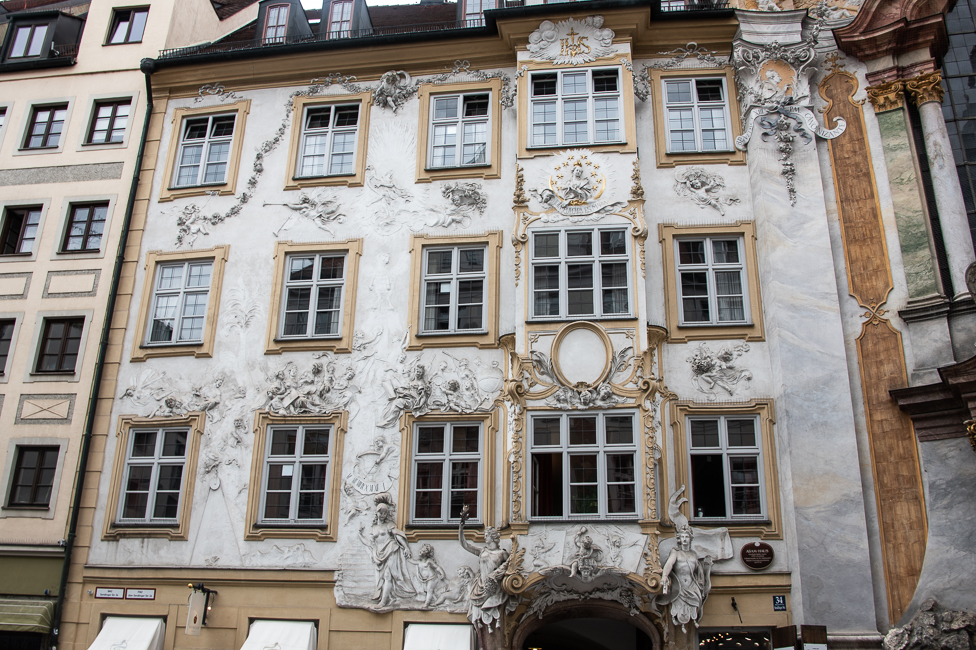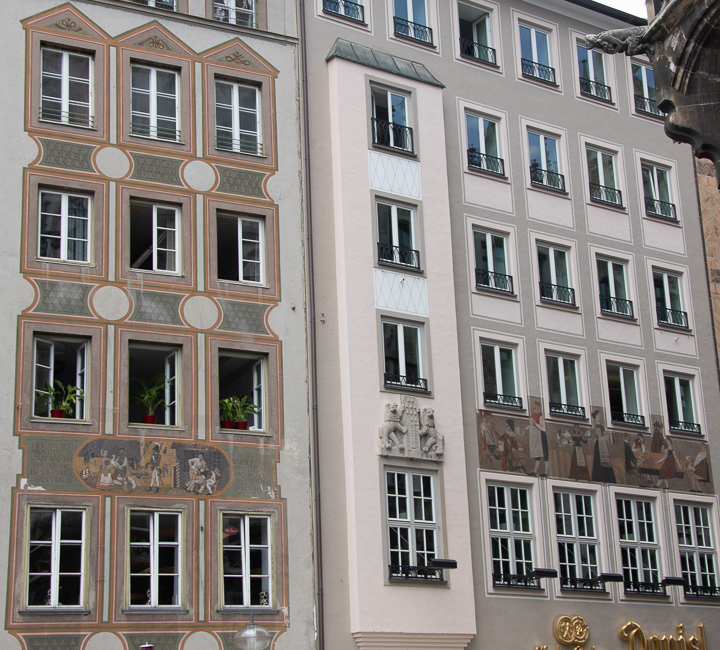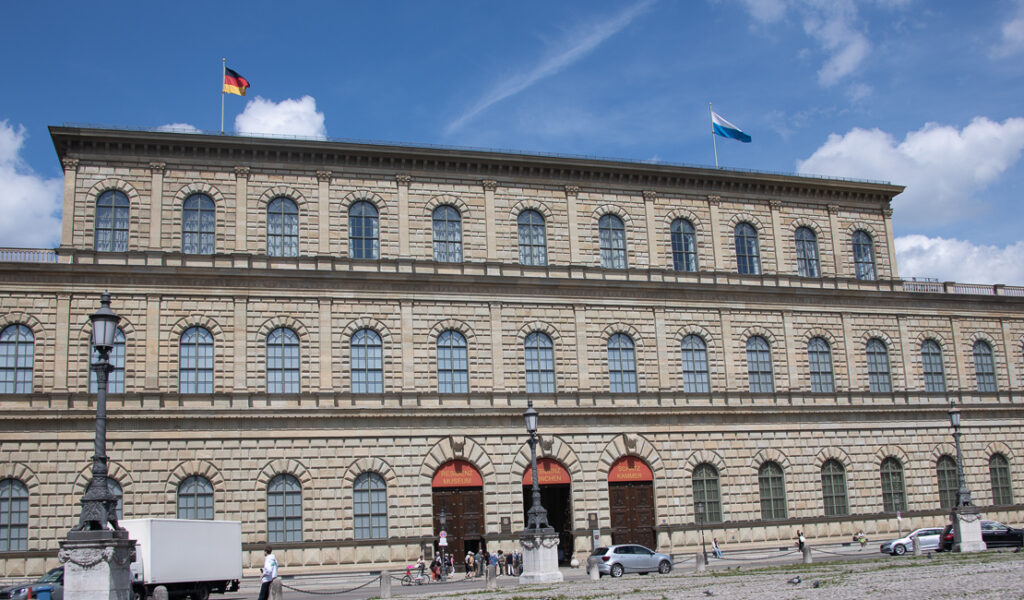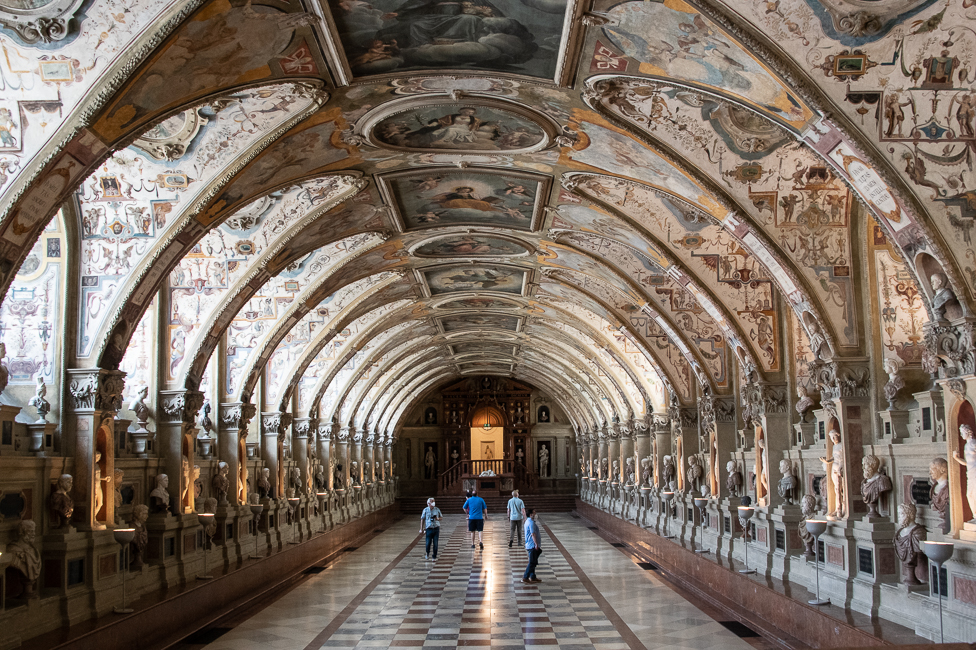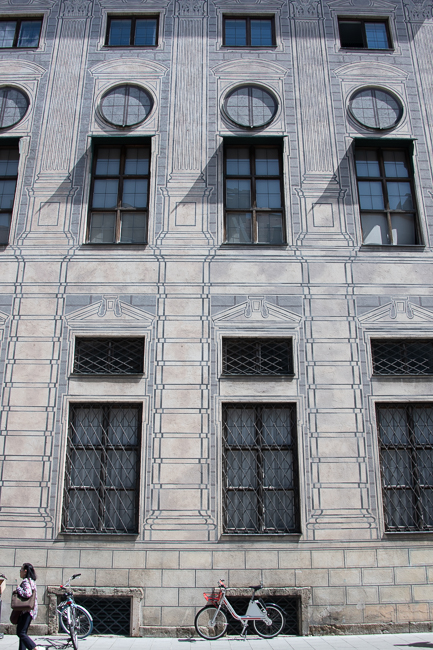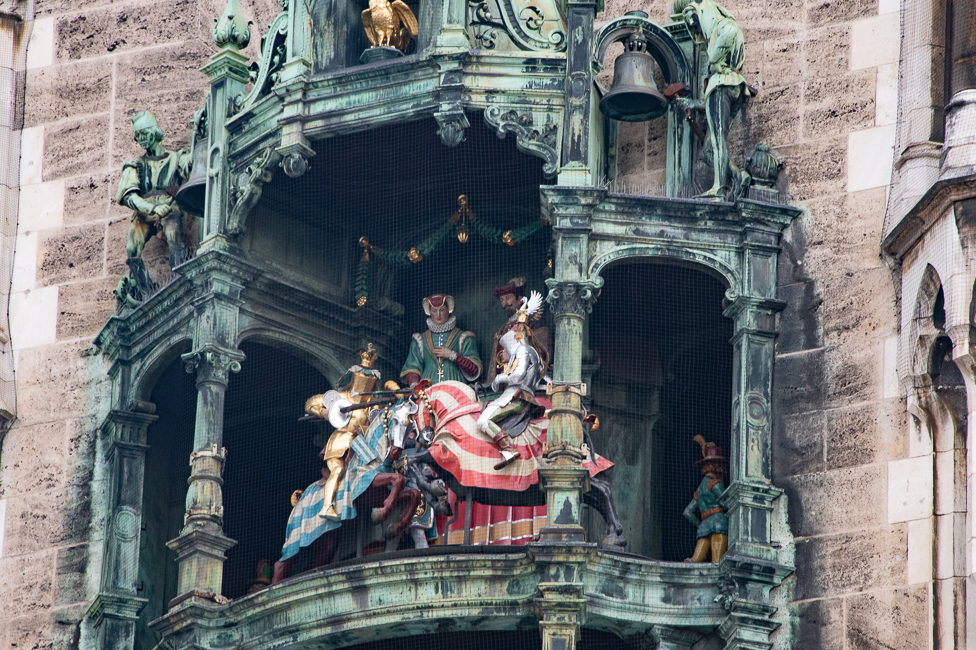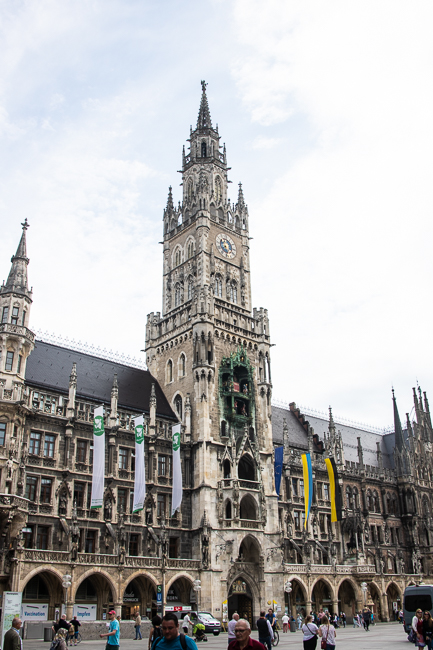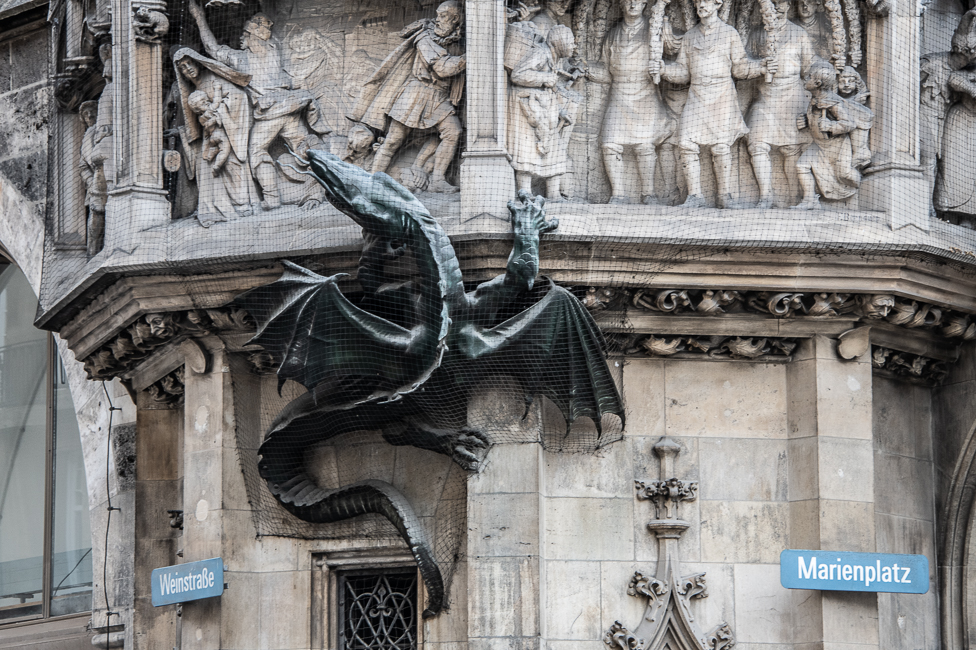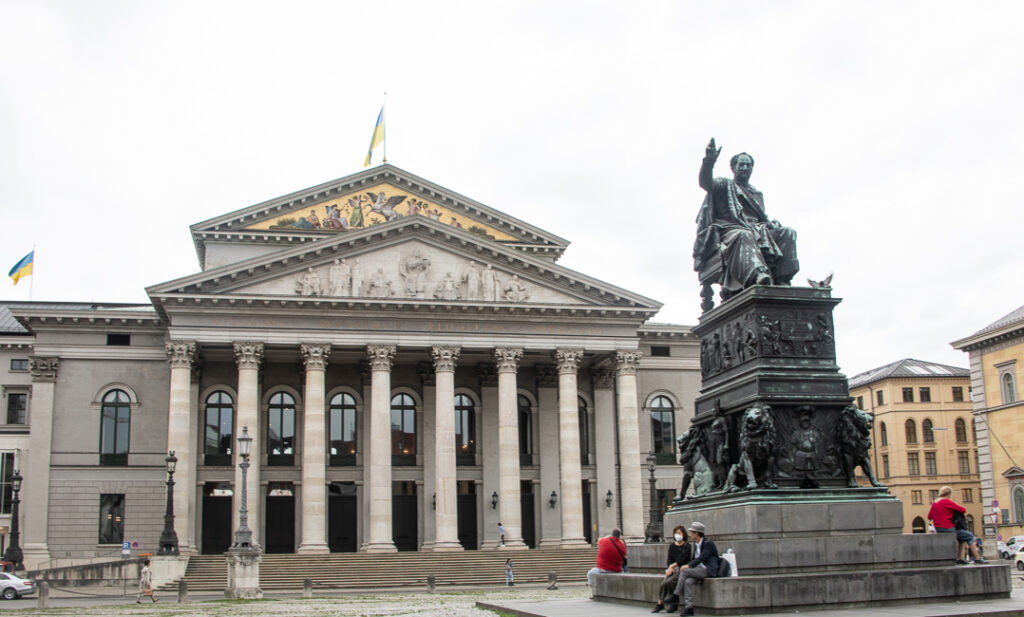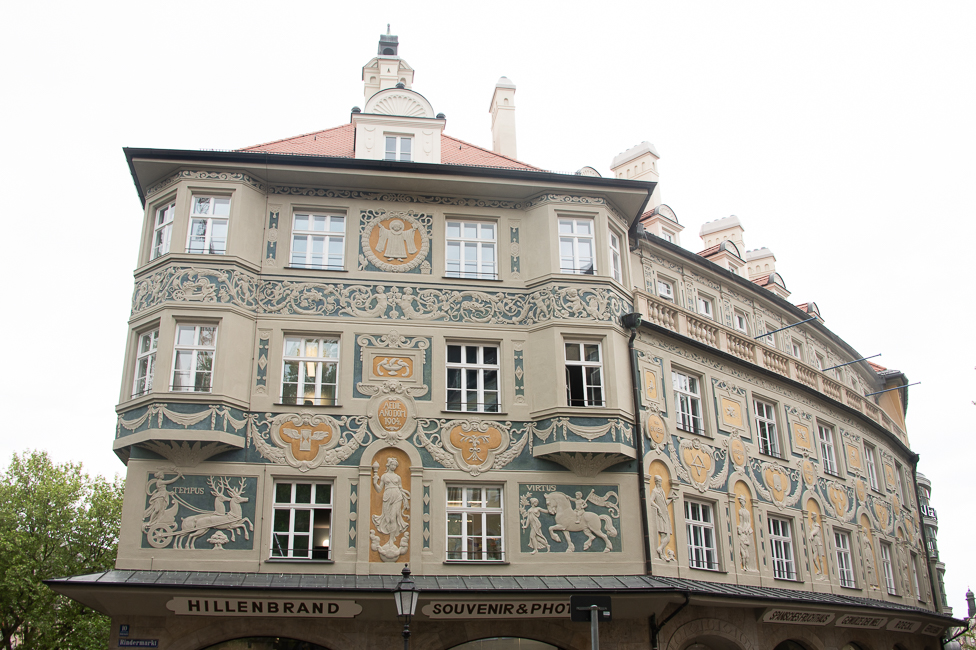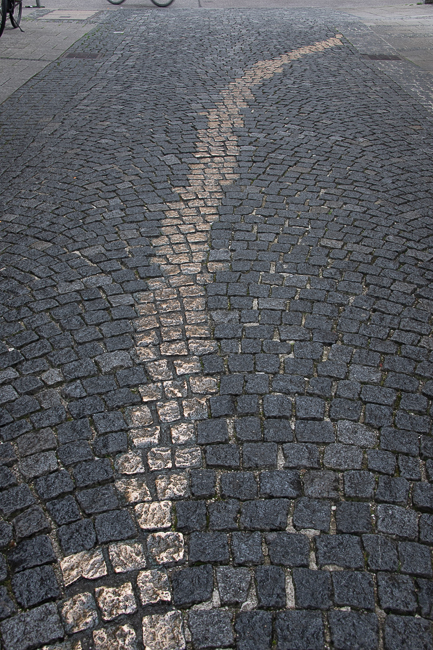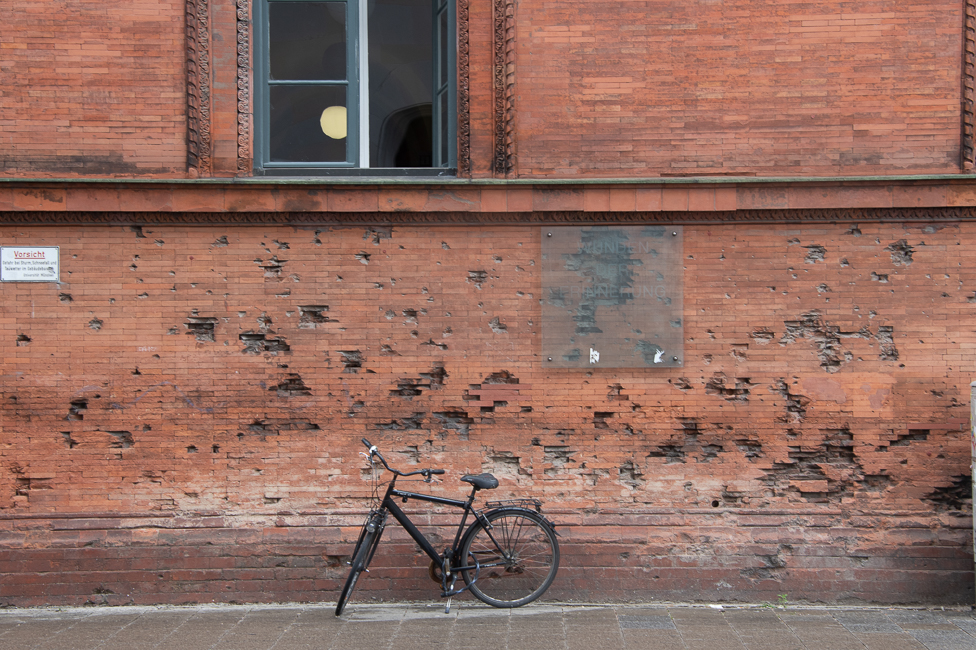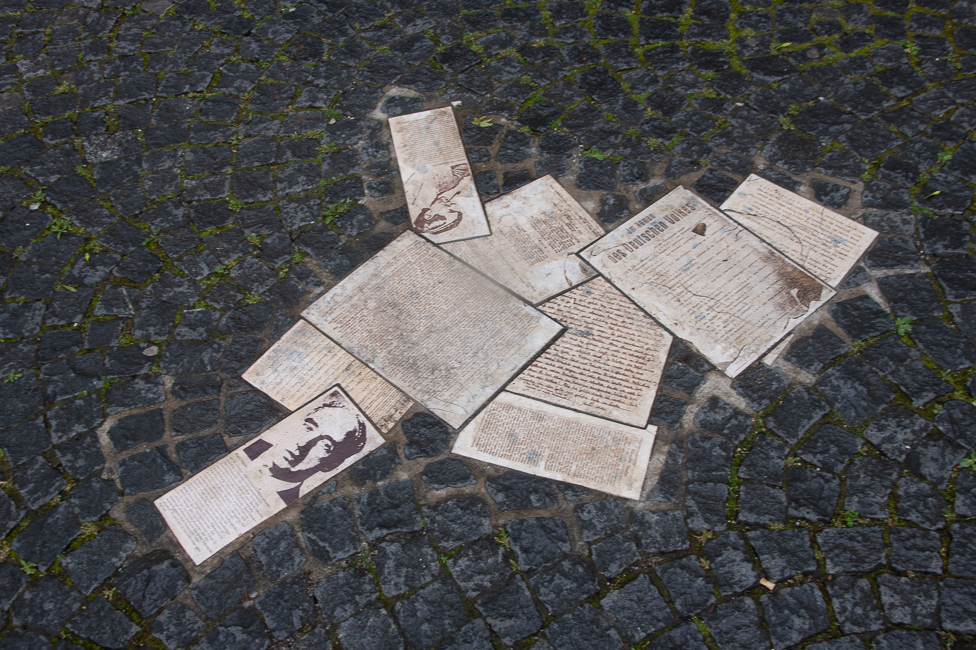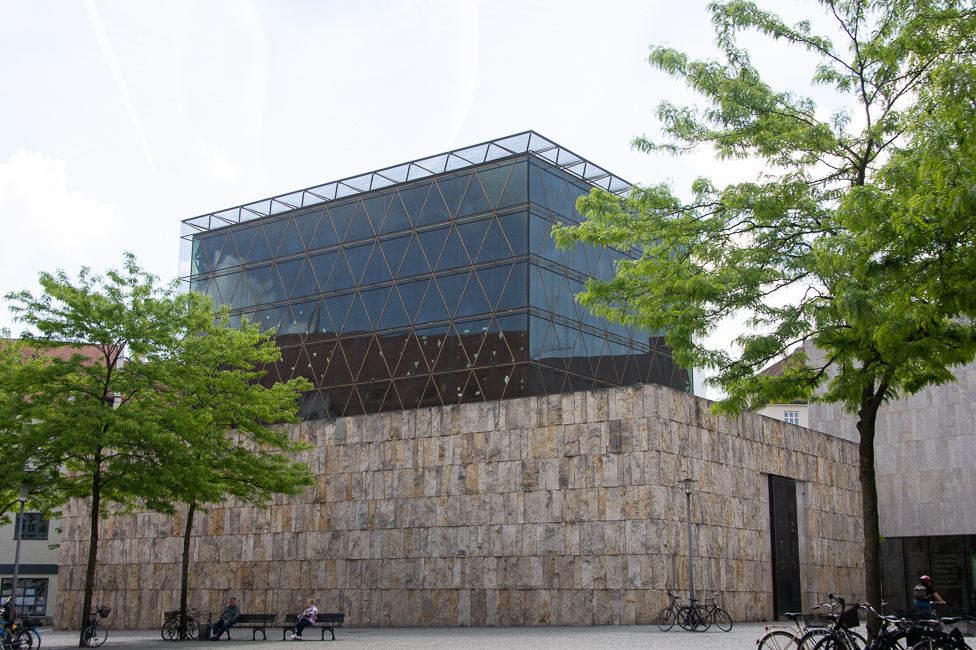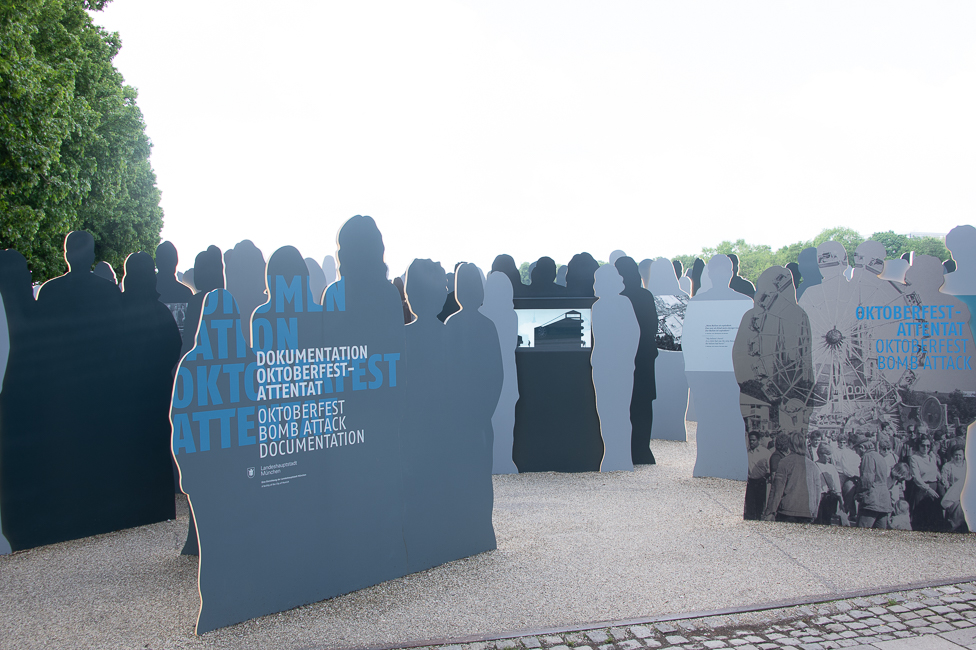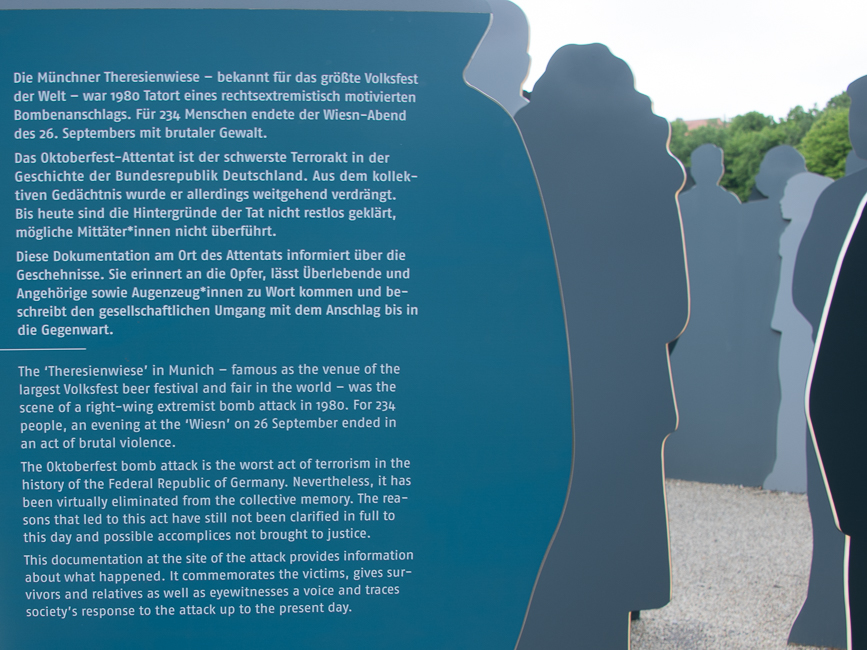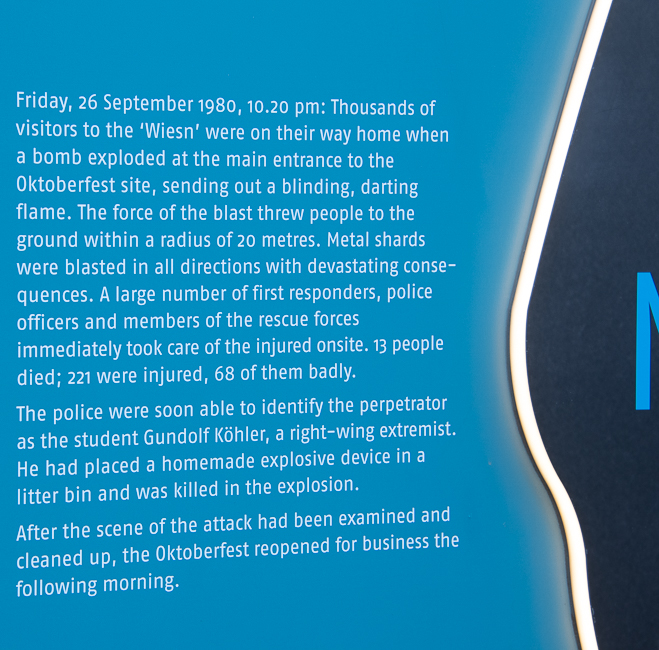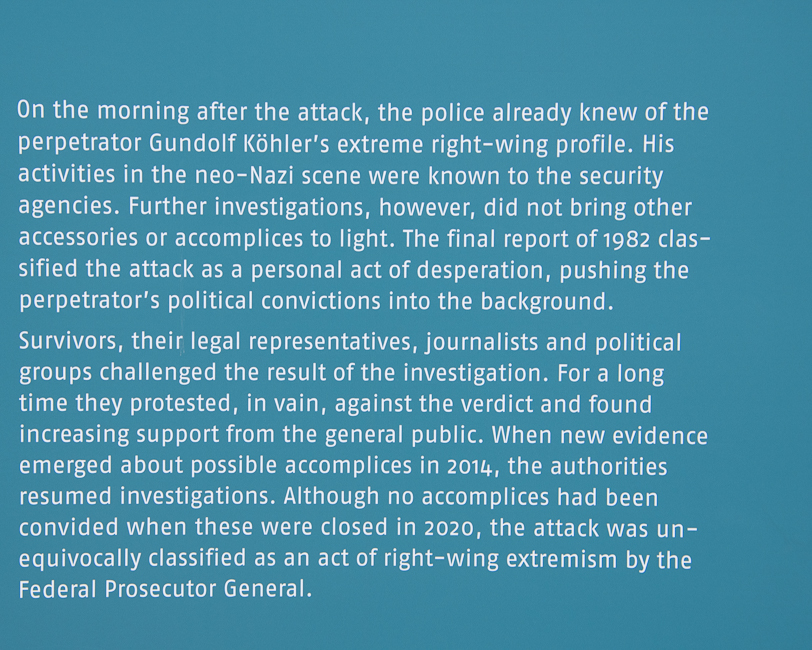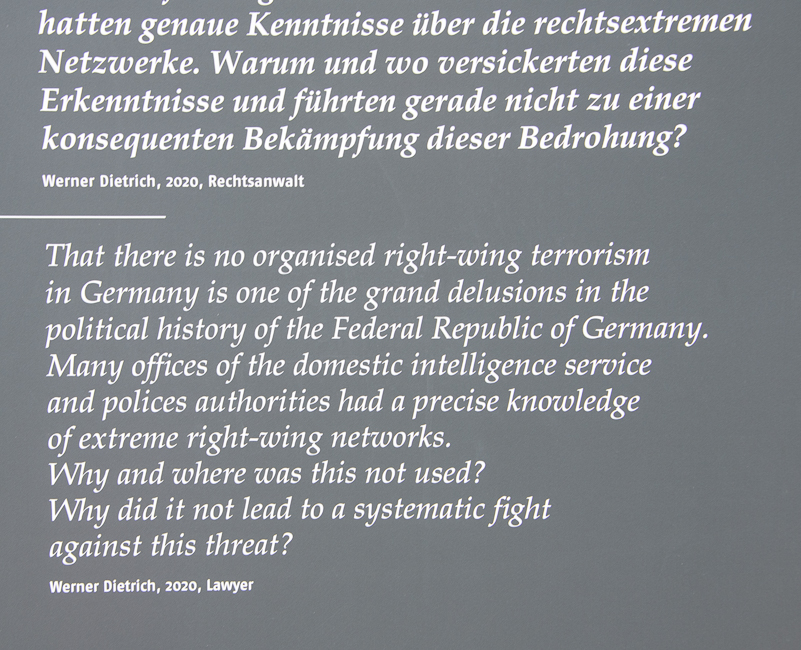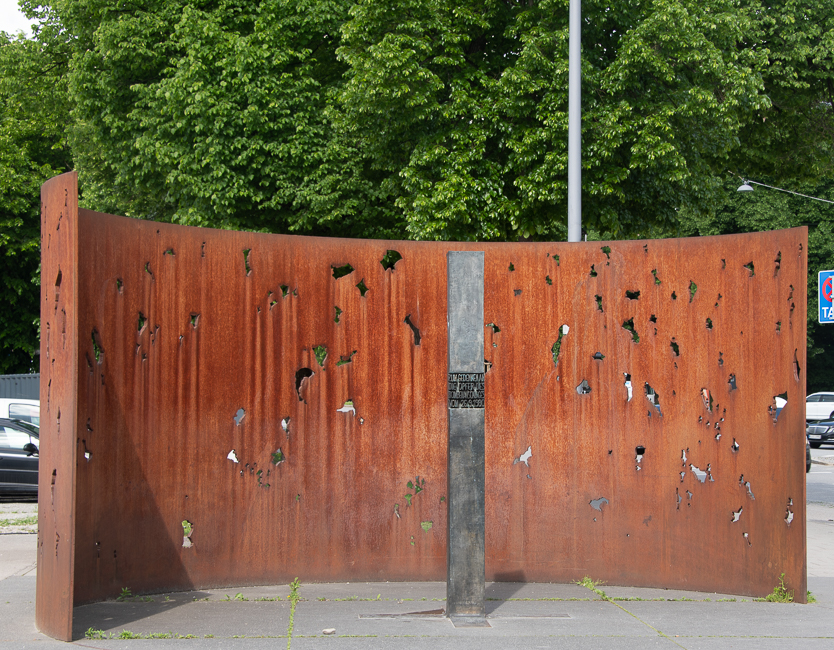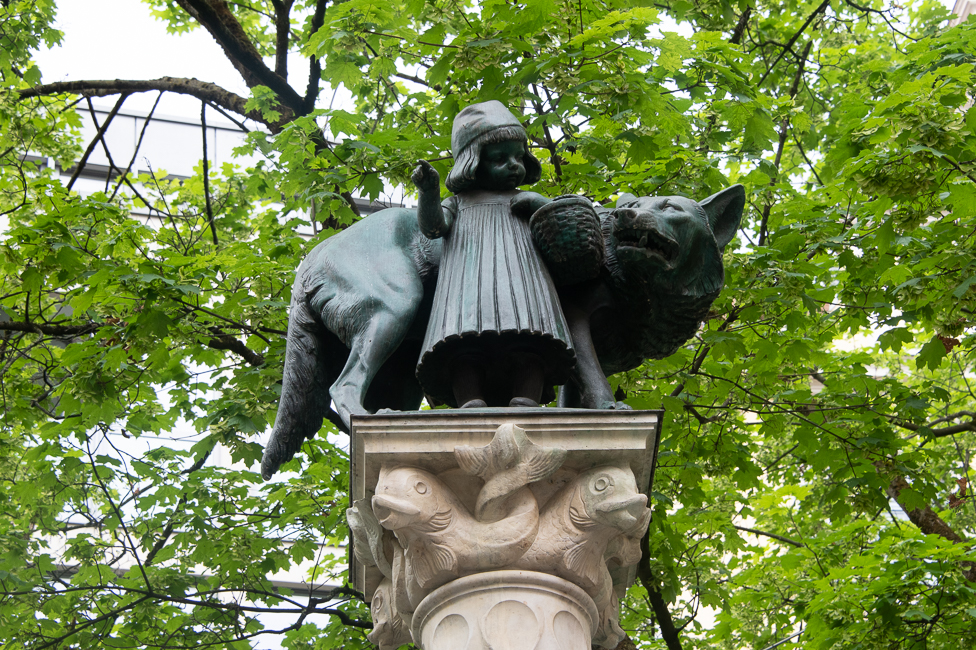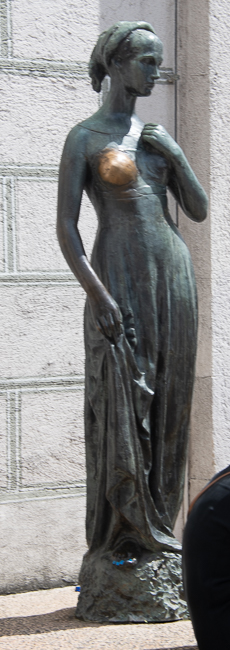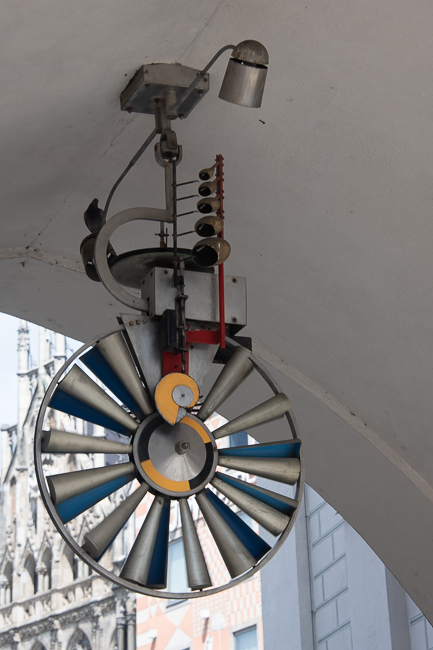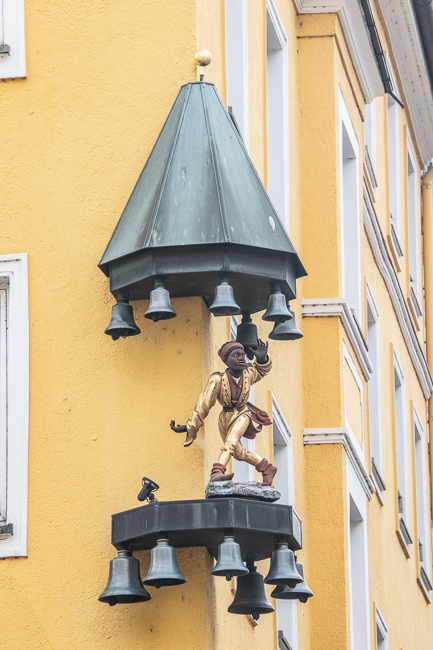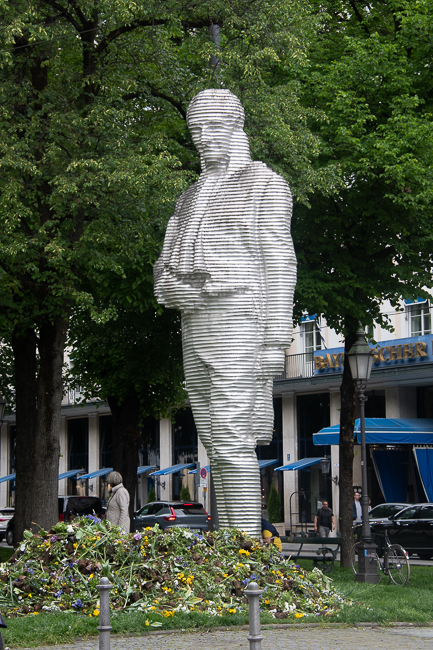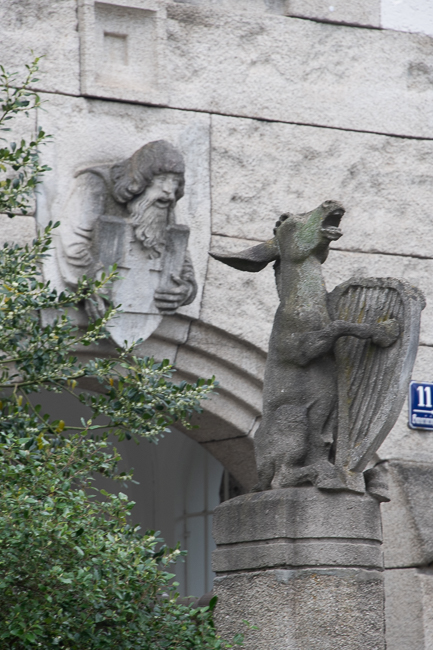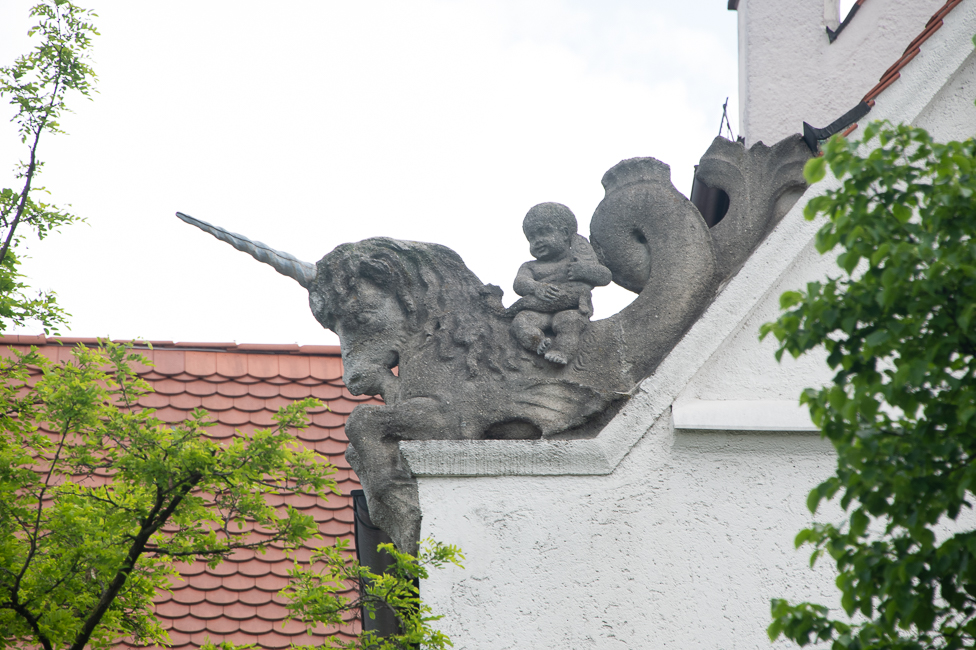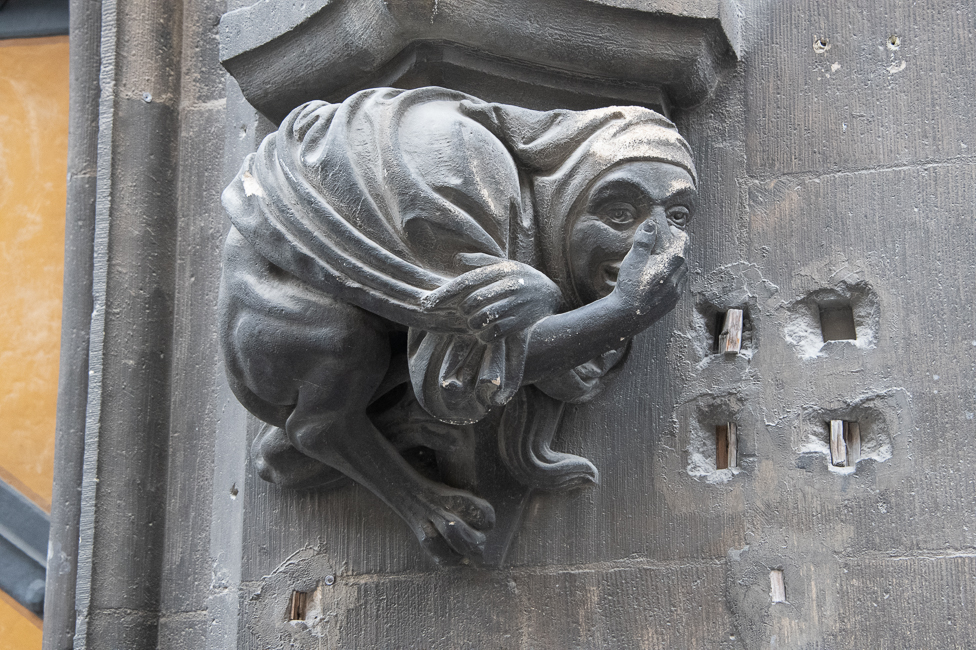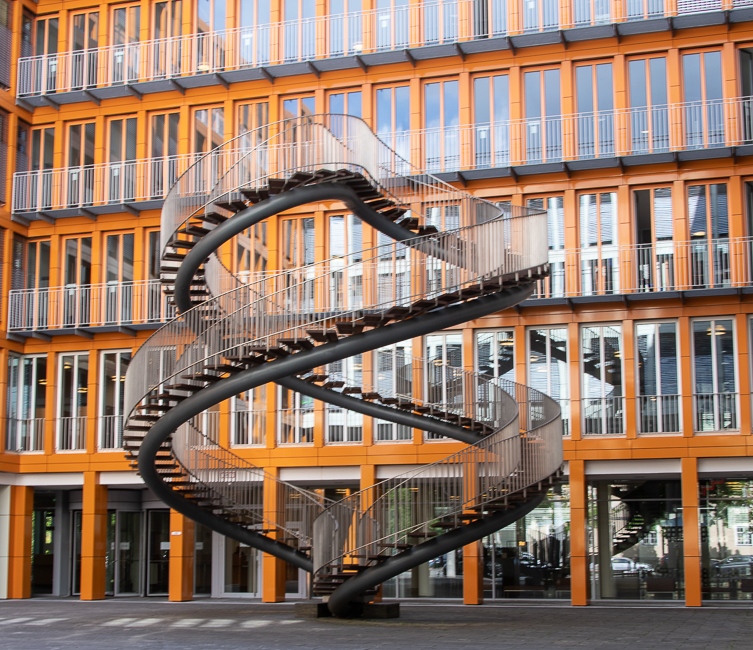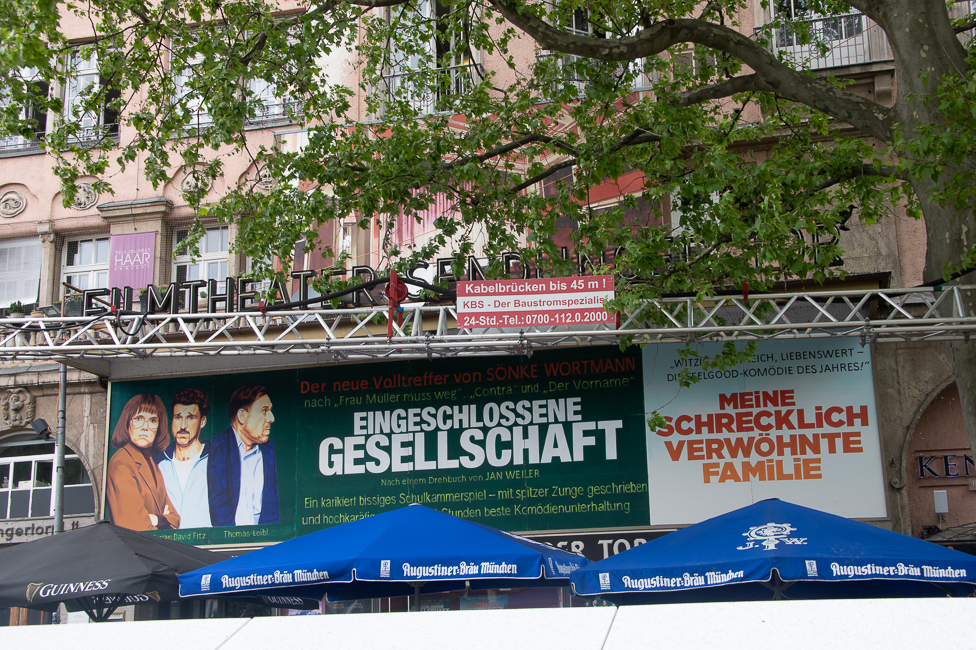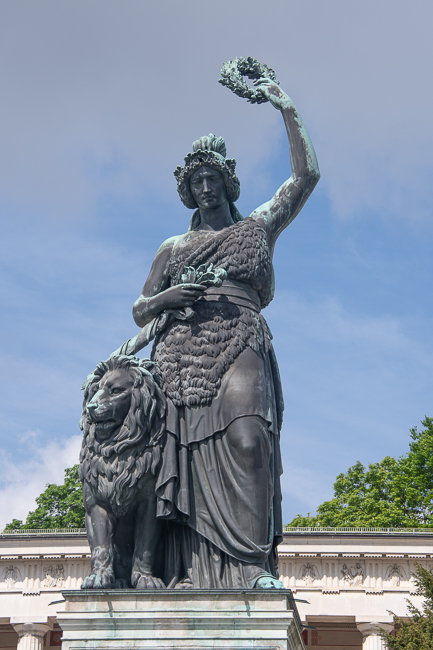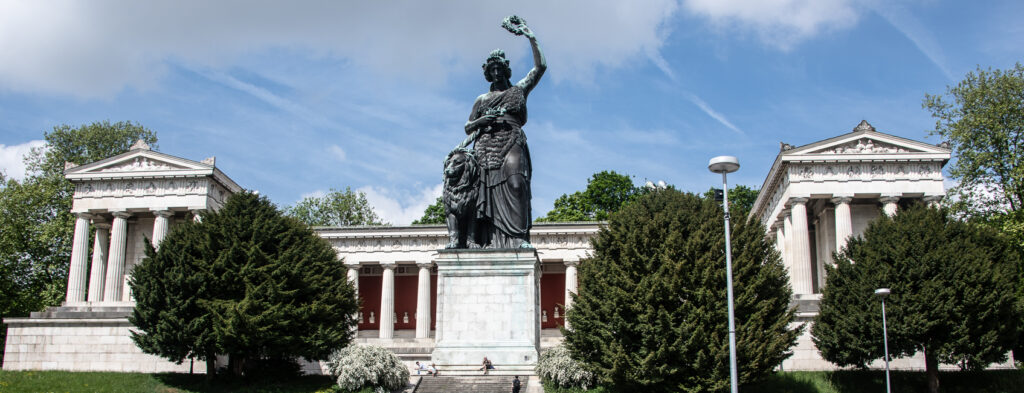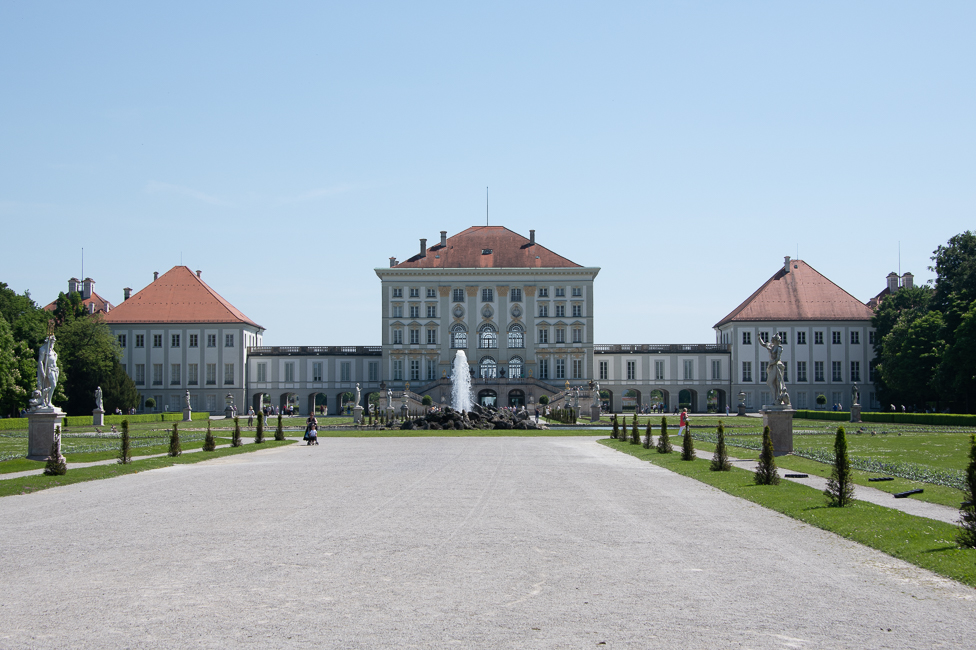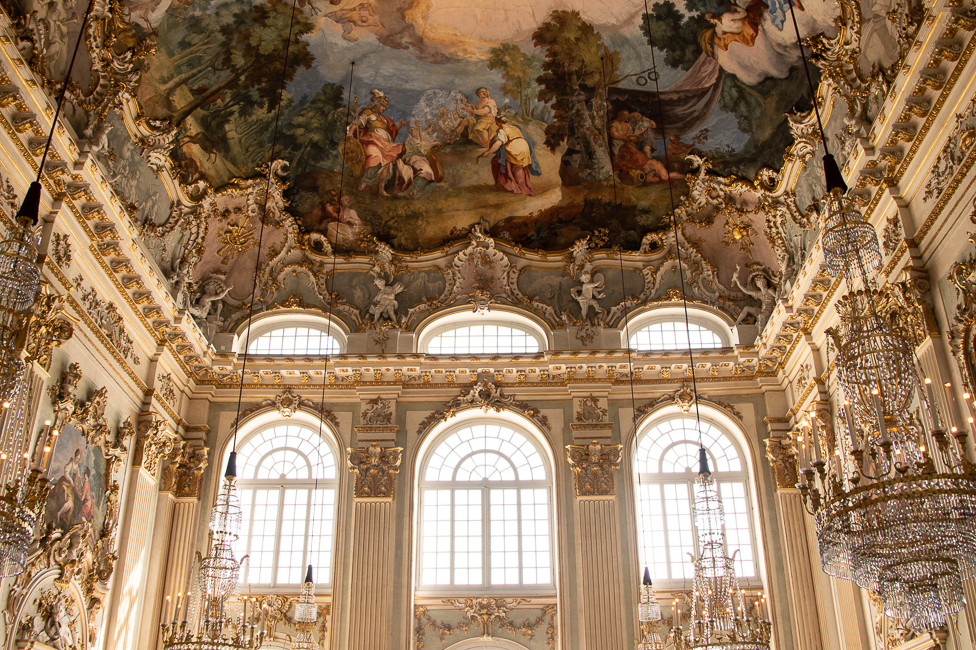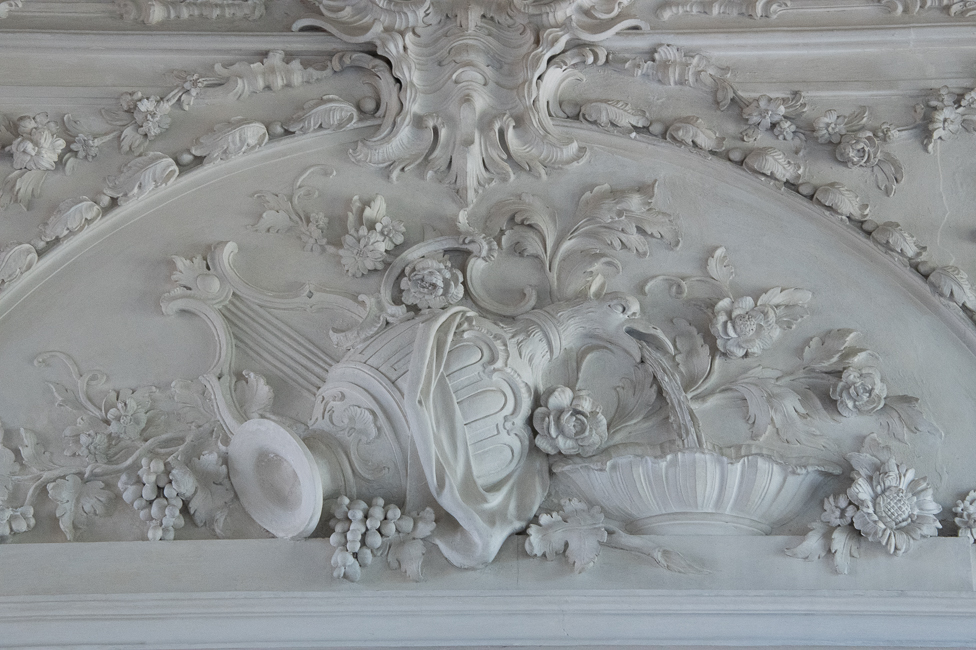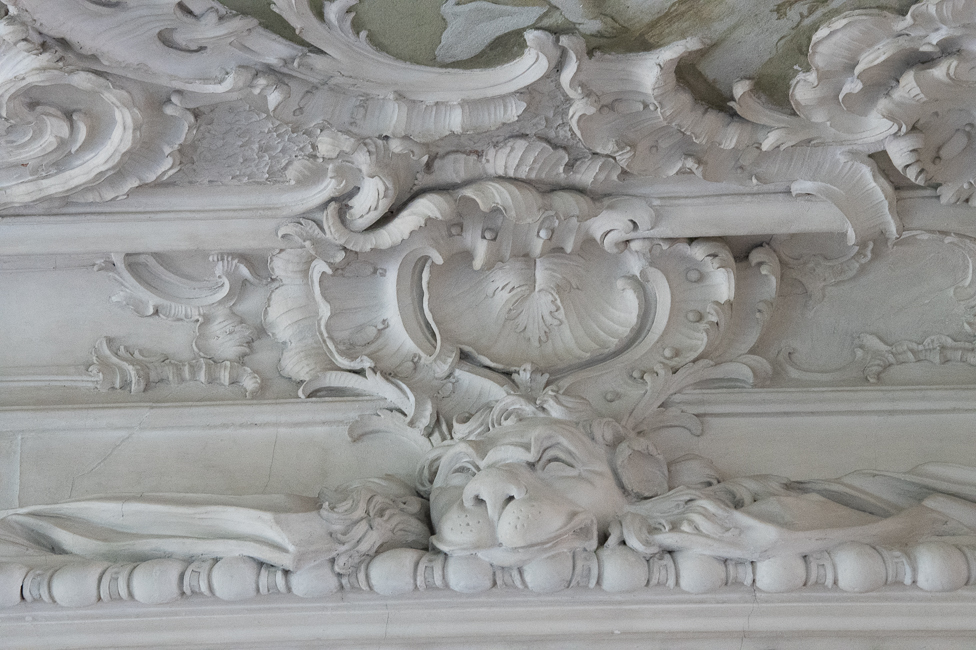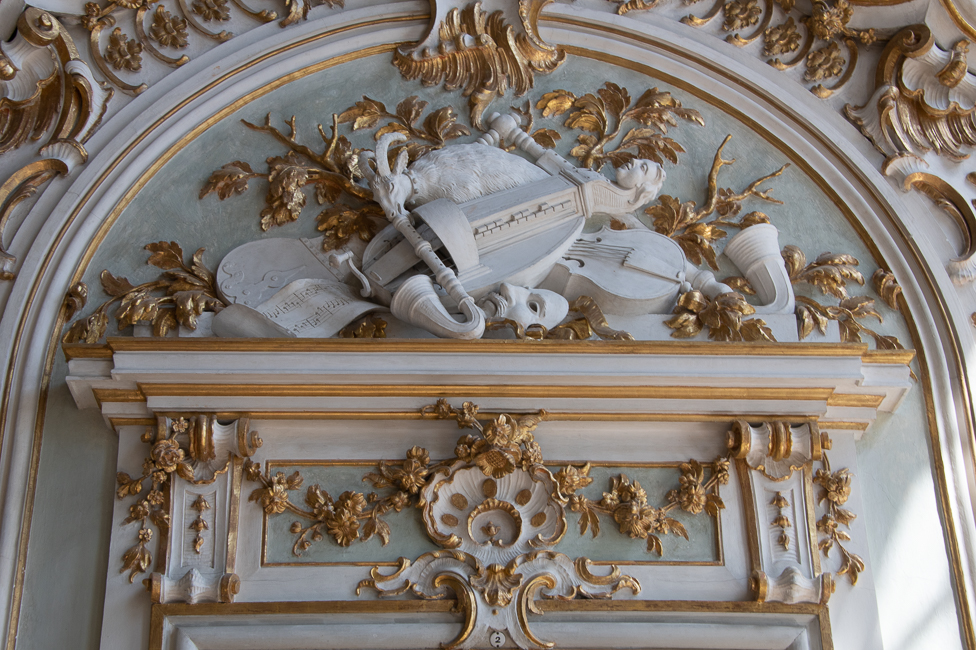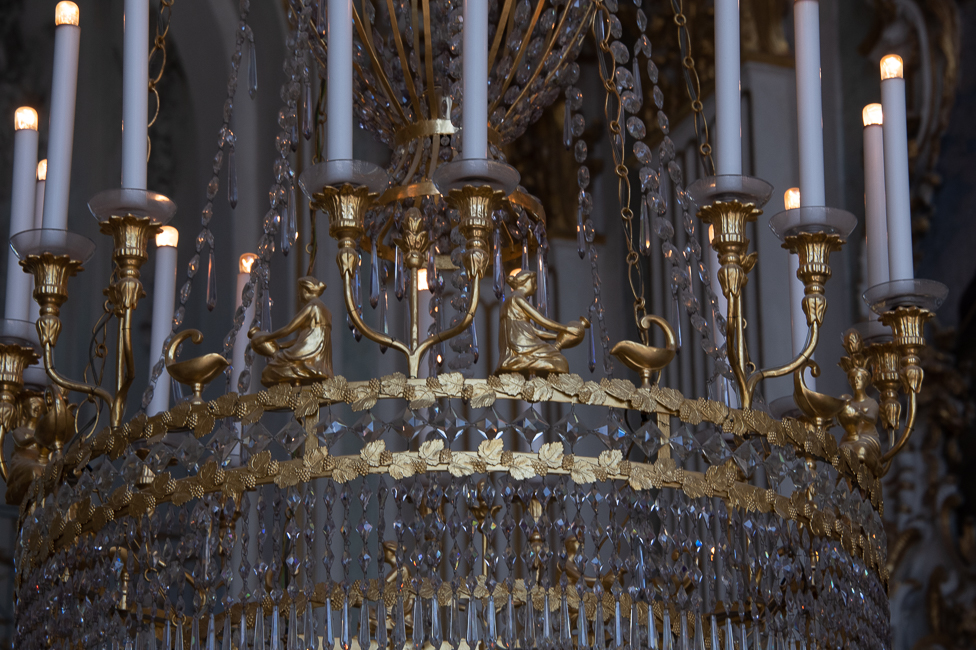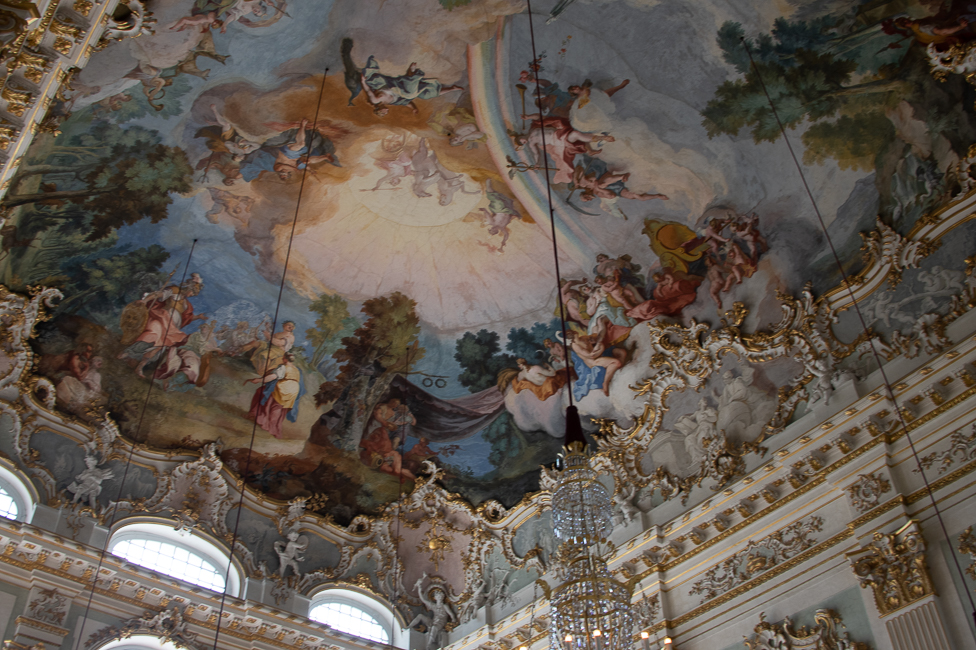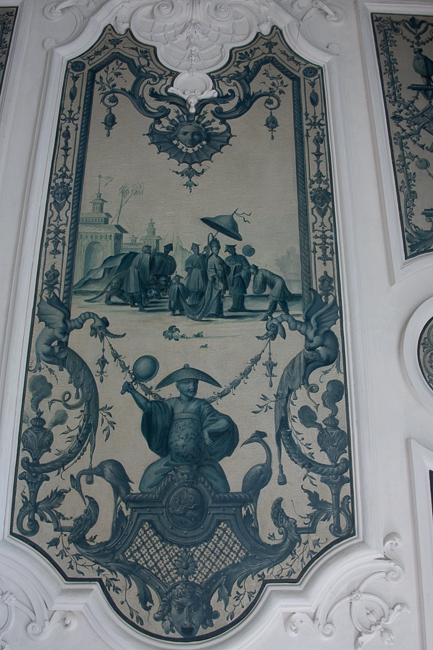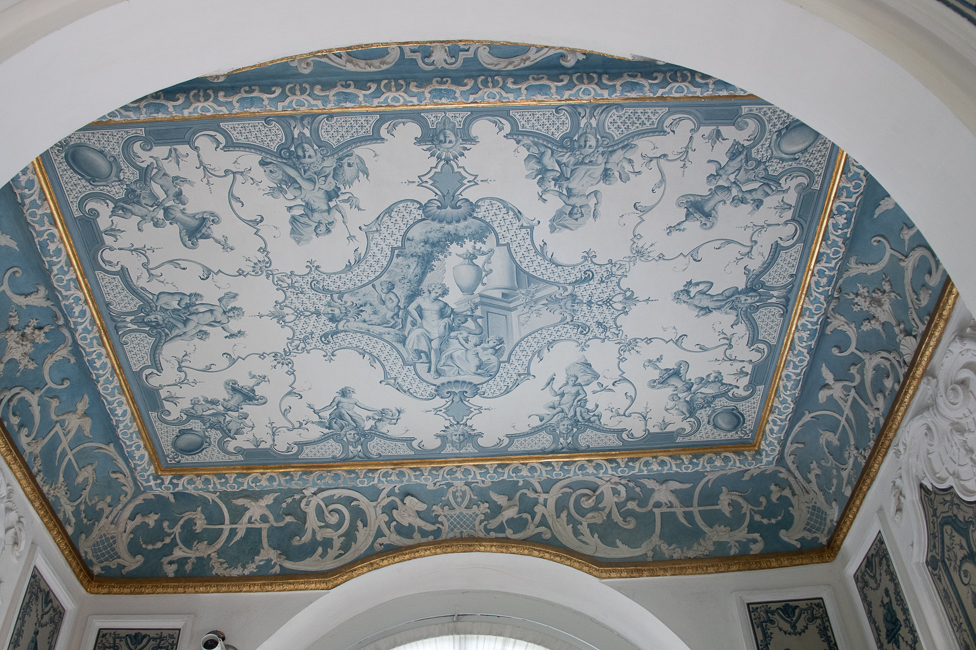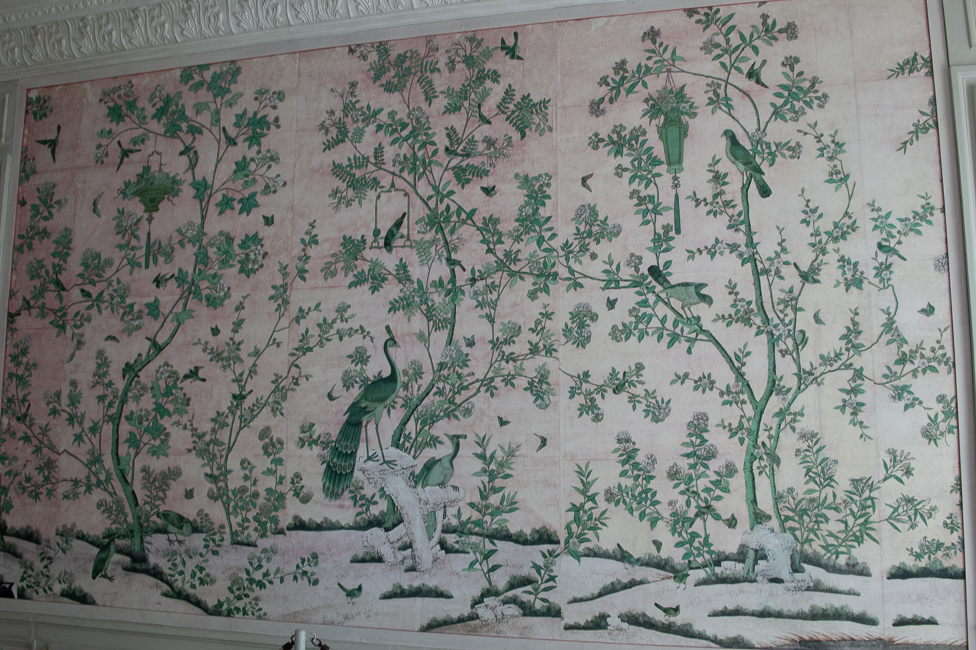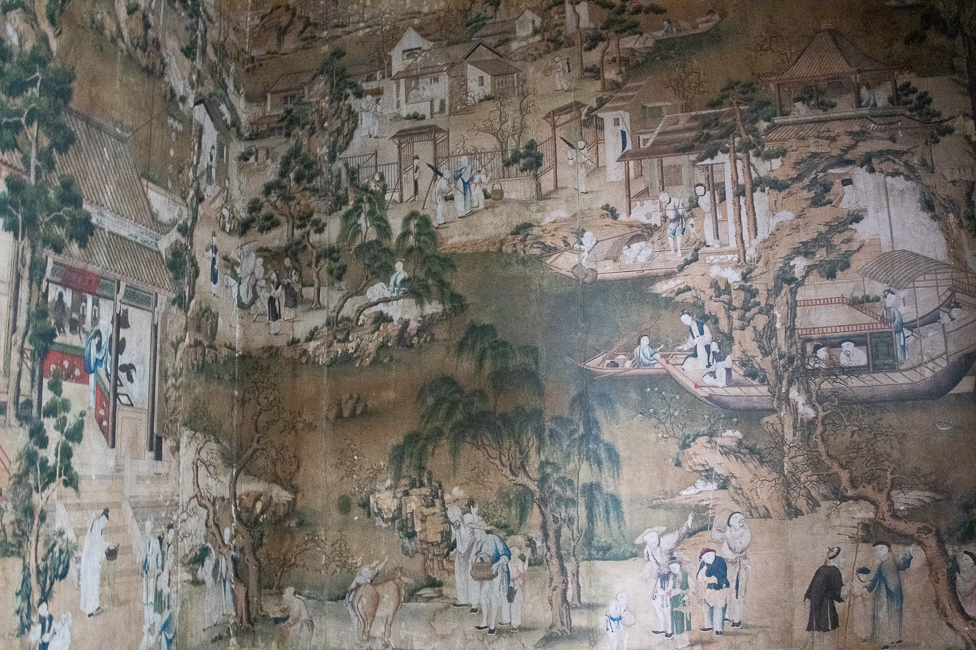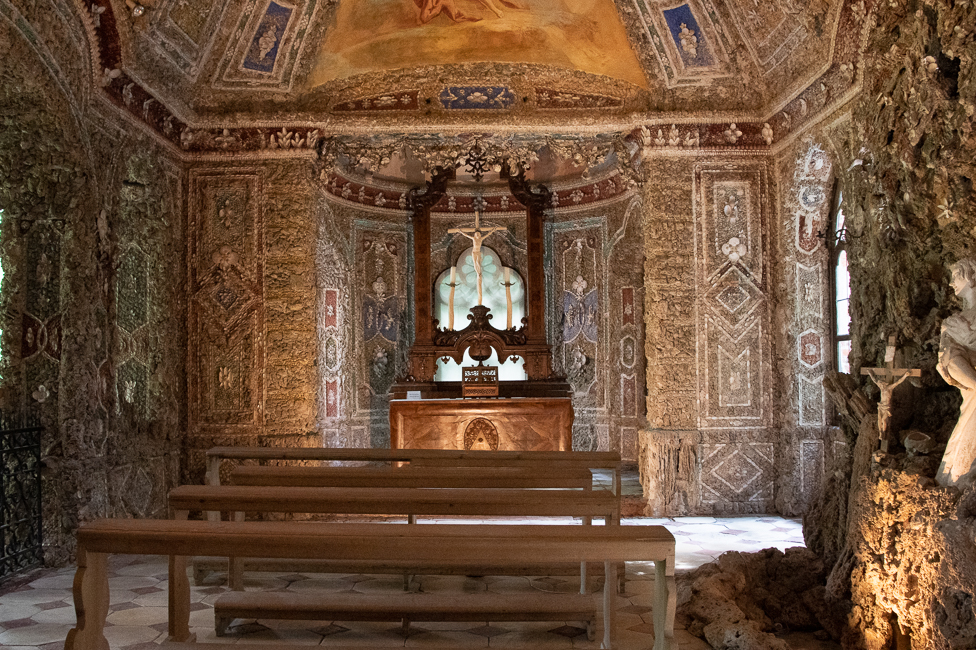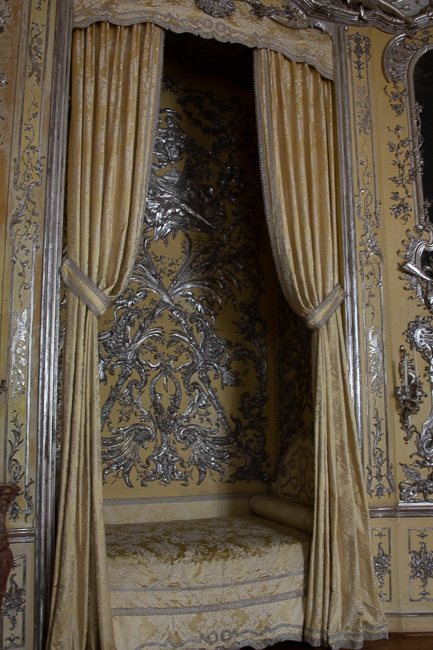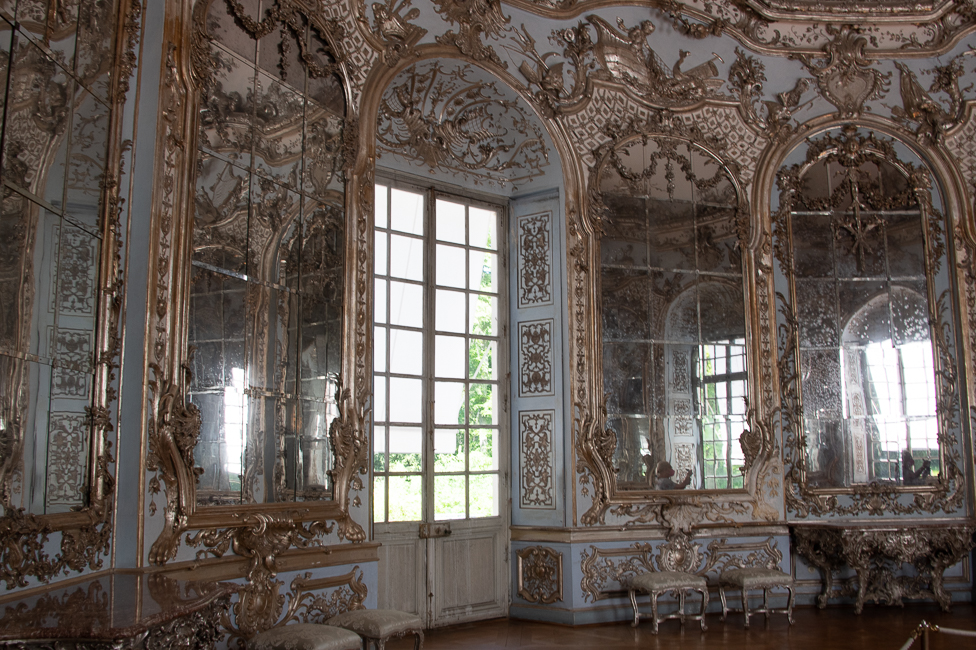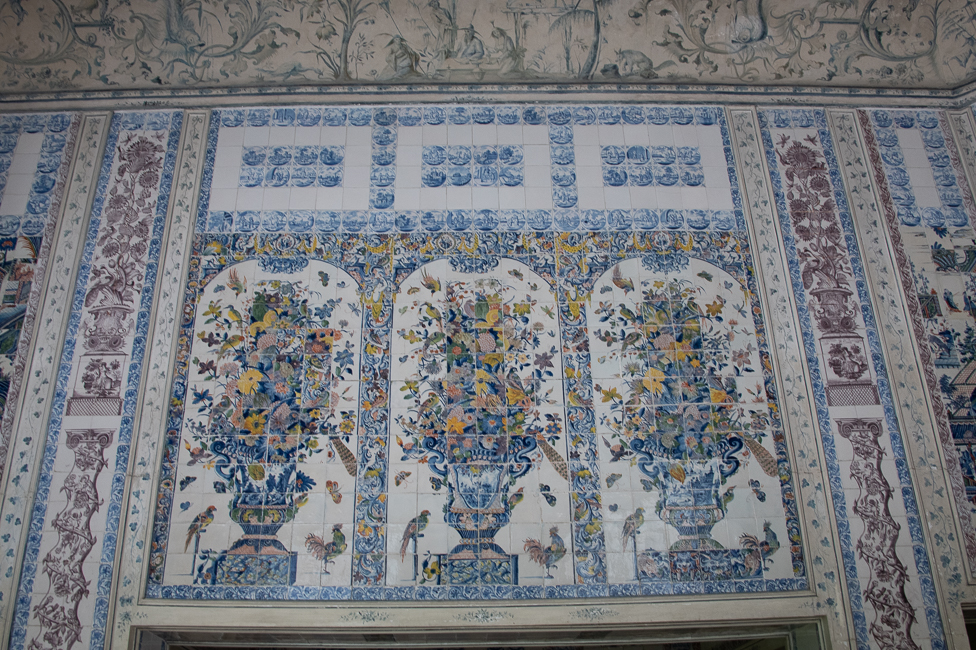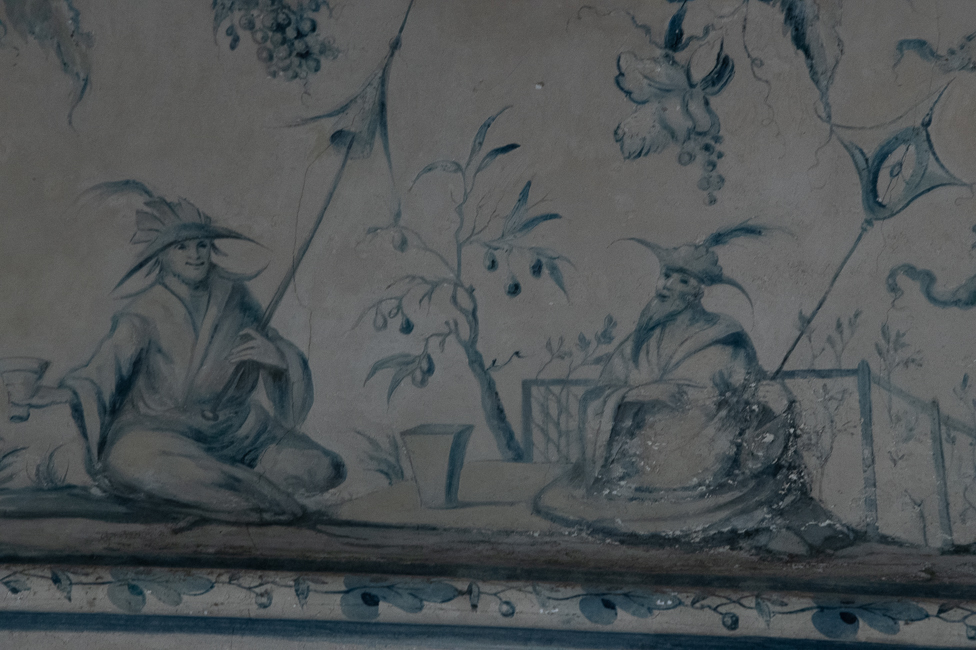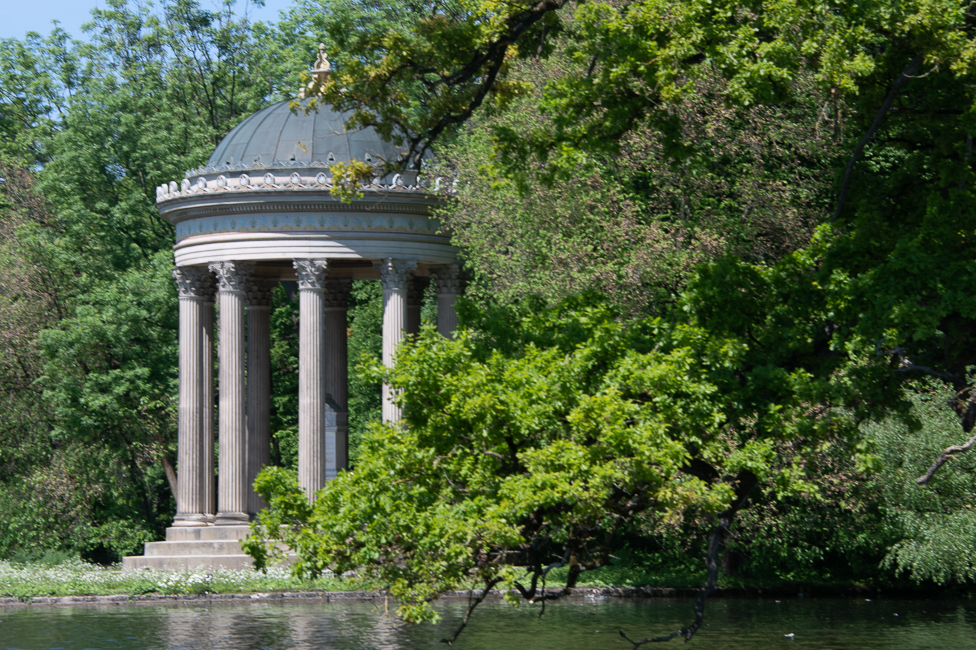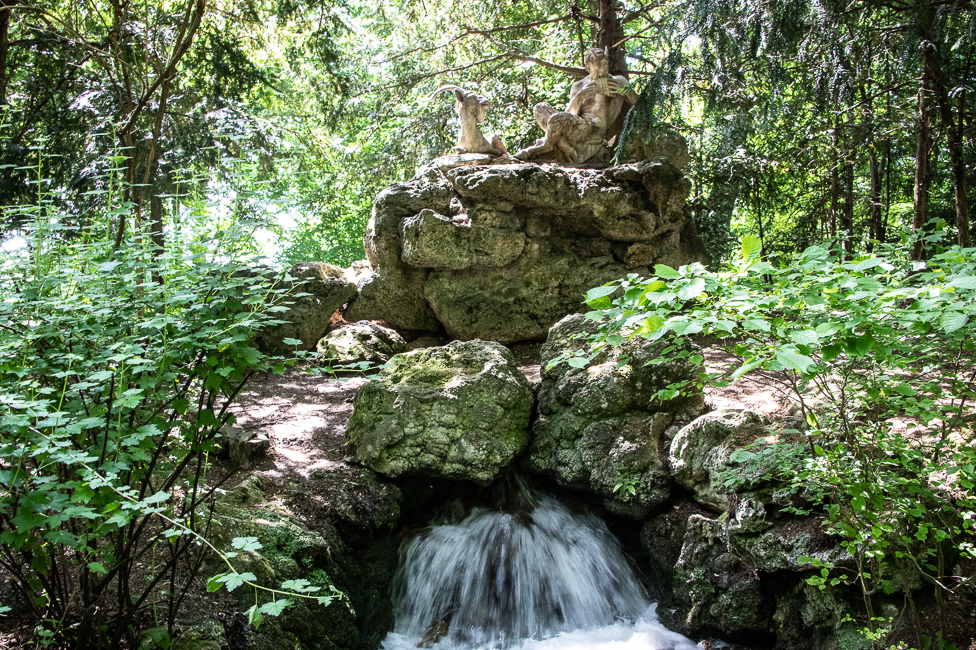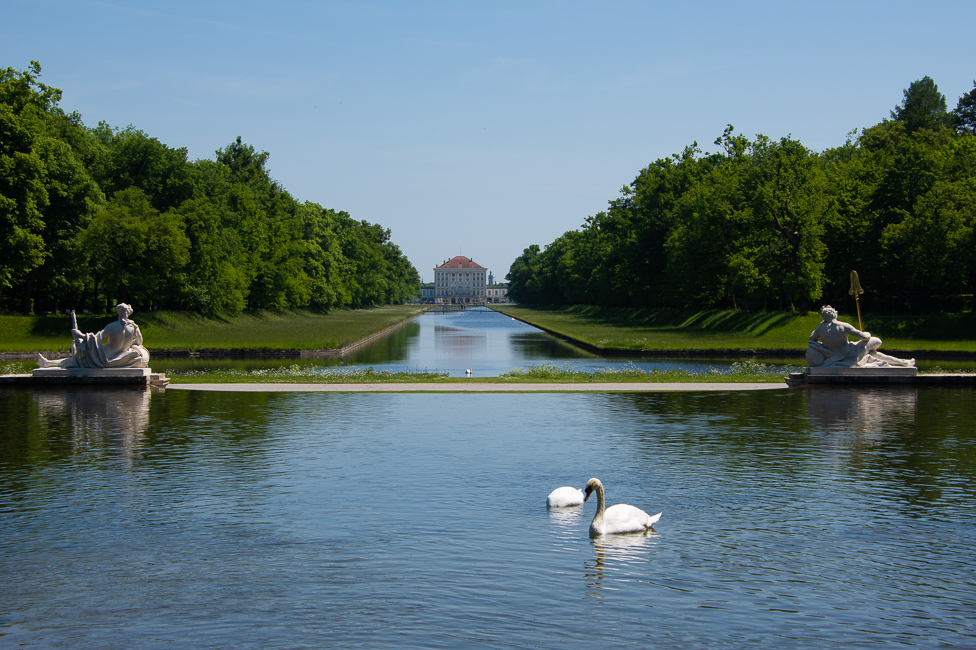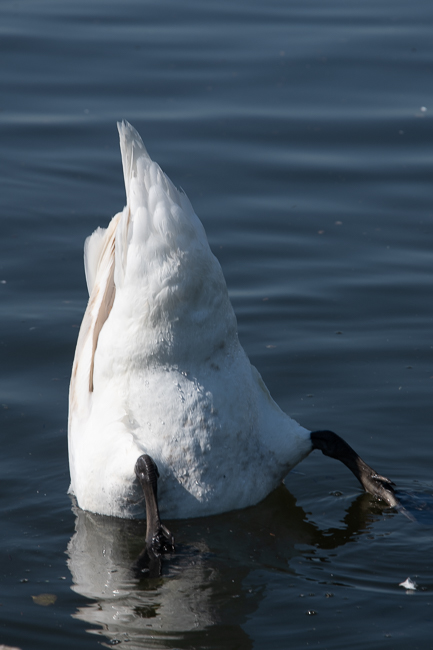May 2022
Munich is Germany’s third largest city and has a population of over 1.5 million people. It is also a very densely packed city making architectural photography a real challenge.
The city has a relatively short history, only first mentioned in the 12th century, however, it was an important power within the former Holy Roman Empire and also as the independent Kingdom of Bavaria.
St Peter’s Church
As the Duchy of Bavaria solidified its power within the Holy Roman Empire, a small group of monks constructed a monastery near the banks of the Isar River, a tributary of the Danube. Historians aren’t really sure when the Benedictine Monastery was founded, but it is thought about 950-1050 CE.
The back portion of St Peter’s church sits on the foundation of the original monastery, built in the Romanesque style it dates from the 12th century and then again in the 14th century after a fire.
A 299 foot bell tower was added to St. Peters in the 17th century in the Renaissance Style. The tower clocks are the oldest documented city clocks in Munich and have 8 dials.
Inside of St. Peters is the Jeweled Skeleton of Saint Munditia. Pictures are difficult to take so this comes from Wikipedia.
Venerated as a Christian martyr, her relics consist of a gilt-covered and gem-studded skeleton. She is in a glass case, with false eyes in her skull, and wrapped in netting. Jewels cover the mouth of her rotten teeth. I have seen relics all over the world, this one stands out as rather unique.
The city was surrounded by a large stone wall built from 1285 to 1337 taking 52 years to complete. Most is gone with the exception of the Sendlinger Tor, Karlstor, and Isartor. The Sendlinger Tor was first mentioned in 1318 as a starting point for the road to Italy, but it probably existed earlier.
Old Town Hall
In approximately 1392, construction began on the Old Town Hall. Although originally a Gothic style building but after considerable alterations it is now a smattering of mixed styles. It houses a toy museum today.
The Marienplatz has been the center of Munich and its main gathering place since the 12th century. In the center of Marienplatz is Mary’s Column erected in 1683.
The Cathedral of Our Lady
The Cathedral Church of Our Lady was built in 1488. Its interiors are elegant and majestic. The church serves as the seat of the Archdiocese of Munich and Freising and is the burial sites of King Ludwig III, the last Bavarian king, and Holy Roman Emperor Louis VI.
The Church is considered by many to be Munich’s most important church. If nothing else the towers can be seen from everywhere and are a perfect landmark. Although those “catfish hoods” didn’t show up until 36 years after the church was built.
One of the main reason people come to visit is to view the foot of Satan.
There are a myriad of stories regarding this footprint in the floor of the church, all with so many holes in them as to be full of hooey, but it brings tourists in, so there is that.
The Asam Brothers
As churches go, this one ranks right up there as one of my favorites. Built from 1733 to 1746 by a pair of brothers, sculptor Egid Quirin Asam and painter Cosmas Damian Asam, it served as their private church. It is considered to be one of the most important buildings of the southern German Late Baroque style. Officially known as Church of Saint Johann Nepomuk it is called the Asam church in honor of the brothers.
*
The pictures do not do it justice, it is over the top in its ornamentation, and just breathtaking.
One of the more intriguing figures was this sculpture near the entrance of the church itself. It shows a skeletal image of death with scissors cutting through the life-thread of a soul.
The brothers had four homes, two of which they used for the church. This house, built in the 16th century belonged to Egid, who did the sculpture on the exterior.
The artistic work of the Asam home is called Lüftlmalerei. It is an abstract of the paintings found on the outside walls of houses in Bavaria and Tyrol.
Munich Residenz
The Residenz is the former royal palace of the Wittelsbach monarchs of Bavaria and is the largest city palace in Germany. During the 16th century, the Bavarian Dukes made huge changes to their royal residence, altering it into a palace and less of a fortress as it was previously. Multiple wings, courtyards, and grand halls were all constructed in a distinct renaissance style.
One of the more impressive of the rooms I saw was the Antiquarium.
While built between 1568 and 1571, the room went through many changes. In 1581 the hall was covered with a barrel vault ceiling that had 17 window lunettes.
The palace was severely damaged by bombing during World War II. Most of its rooms were reconstructed by the 1980s.
Immediately after the war, thanks in large part to the Marshall Plan, Munich went on a rebuilding and restoration project tear. This is why so many of the buildings in the city are so pristine today since they were heavily repaired in the last 70+ years. As shown in the photo above, many buildings were built in a simpler and cheaper fashion, lacking a lot of the ornate stonework and expensive materials that were around before WWII.
After the Unification of 1871
Rathaus and Marienplatz
The iconic building of Munich is the New Town Hall or Rathaus. The building looms over Marienplatz and is entirely too big to capture in one photograph.
Begun in the late 1800s, after the unification of Germany, it took 40 years to complete. It is 98,600 square feet and has over 400 rooms and was designed by Georg von Hauberrisser.
One of the biggest tourist draws in Munich is the Glockenspiel on the Rathaus. I was through here in 1976, and I do not remember much, but I do remember the Glockenspiel.
The Glockenspiel dates from 1908 and when chiming, re-enacts two stories from the 16th century. The top half tells the story of the marriage of the local Duke Wilhelm V to Renata of Lorraine. In honor of the marriage there is a joust with life-sized knights on horseback representing Bavaria (in white and blue) and Lothringen (in red and white). The Bavarian knight wins every time.
The bottom half is the coopers’ dance. According to legend, in 1517 a plague hit Munich. The coopers are said to have danced through the streets to “bring fresh vitality to fearful dispositions.” The coopers remained loyal to the duke, and their dance symbolizes perseverance and loyalty to authority in tough times (How German!)
On one corner of the Rathaus is Wurmeck, a metal dragon climbing up the “Serpent’s Corner”. The dragon clings to a part of the building that was constructed in 1906. Above the beast, stone reliefs tell the story of its legendary arrival and defeat.
Legend has it that during the “black death” a serpent with wings rose from the ground and started eating people. The residents fought with the creature and eventually killed it and with that, the Plague ended.
The first National Theatre was commissioned in 1810 by King Maximilian I of Bavaria, whose statue graces the front. The theater was designed by Karl von Fischer, with the 1782 Odéon in Paris as architectural precedent. Construction began in 1811, beset with problems it did not open until 1818.
The Feldherrnhalle is a monumental loggia overlooking the Odeonsplatz. Completed in 1841 in a Neo-renaissance style, is a nearly identical copy of the Loggia dei Lanzi in Florence.
Ruffinihaus
I don’t know if Ruffinhaus is anything special, I simply really liked it. Ruffinihaus is actually three houses built by Gabriel von Seidl from 1903 to 1905. It is named after the Ruffiniturm “Ruffini Tower”, which was demolished in 1808. The tower was in turn named after Johann Baptista Ruffini a Bavarian salt trader.
That was a lot of architecture, and that was only the highlights, a lifetime would not be enough to absorb the architecture of Munich.
